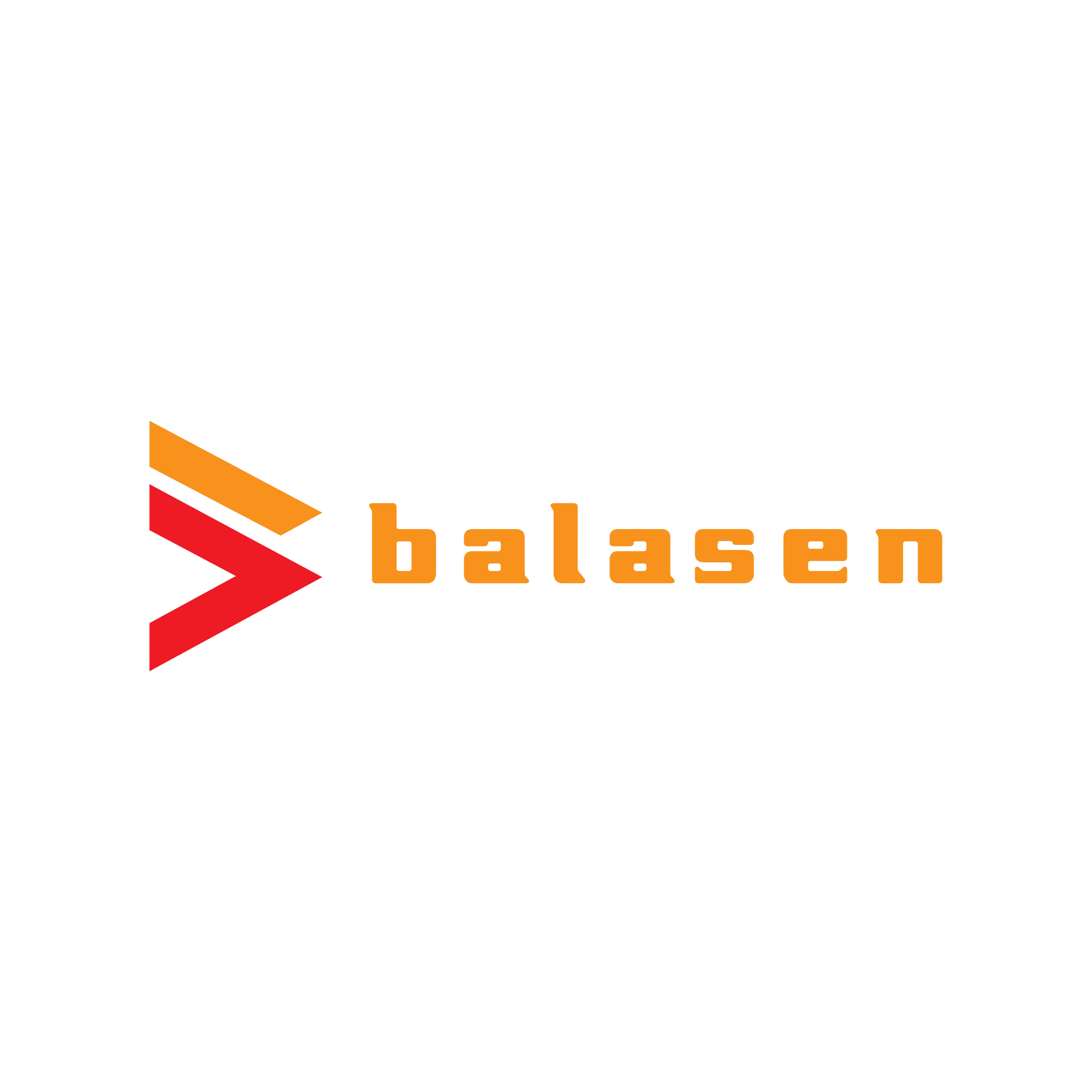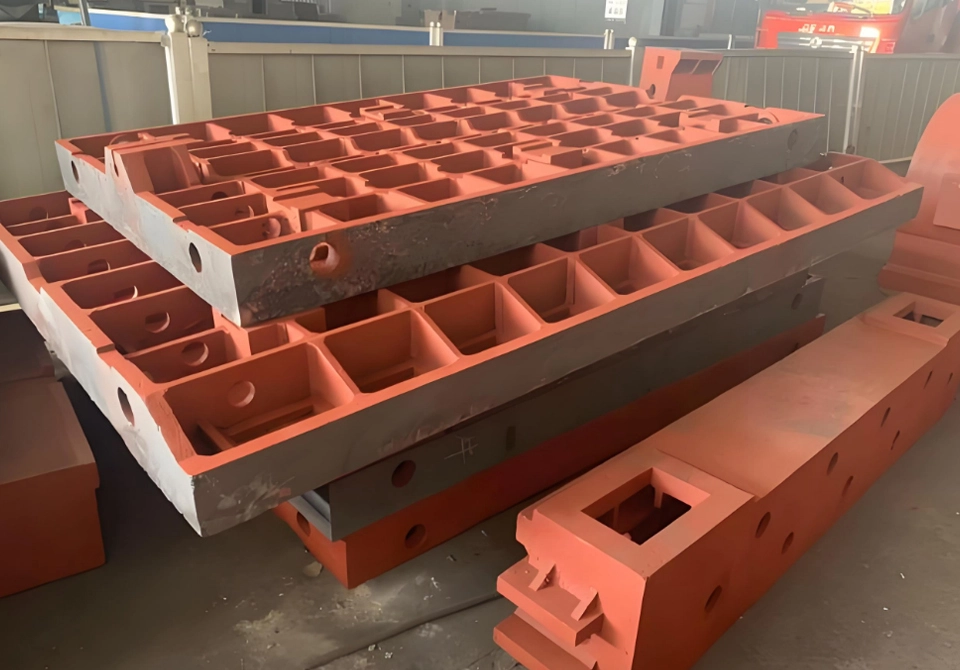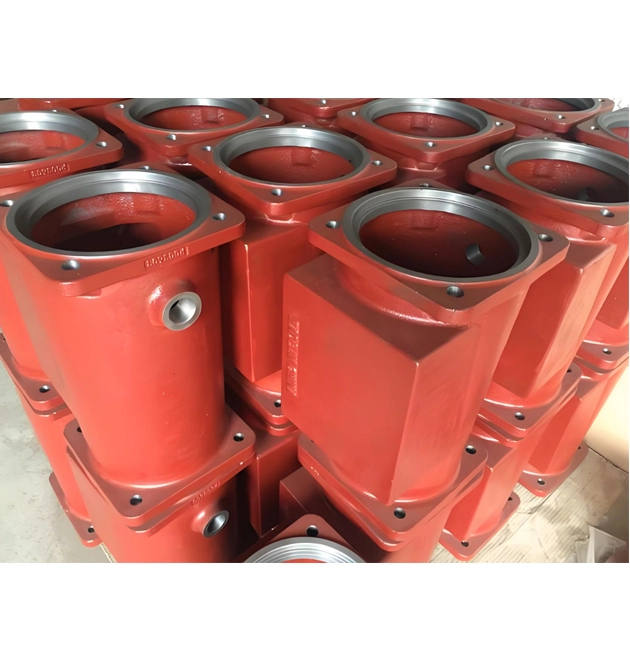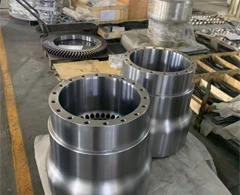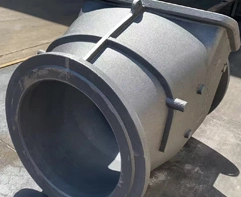Why Gray Iron Casting is Ideal for Engine Blocks and Machine Bases
Excellent shock absorption performance:
Flake graphite absorbs vibration energy, reduces noise by more than 30%, and ensures the smooth operation of equipment.
Outstanding thermal conductivity and heat resistance:
Graphite network quickly conducts heat, with a low coefficient of thermal expansion (about 11 × 10 ⁻⁶/℃), and deformation at high temperatures is only one-third of that of cast steel.
Economic and molding advantages:
Good fluidity, capable of casting thin-walled complex structures (such as cylinder water channels) without heat treatment, with a cost 25% -40% lower than ductile iron.
High wear resistance, compression resistance, and adaptability:
Graphite self-lubricating reduces wear, with a compressive strength of up to 400MPa, extending equipment life to over 100000 hours.
Excellent processing performance:
Low cutting resistance, high surface smoothness, suitable for precision machining needs.
 EN
EN
